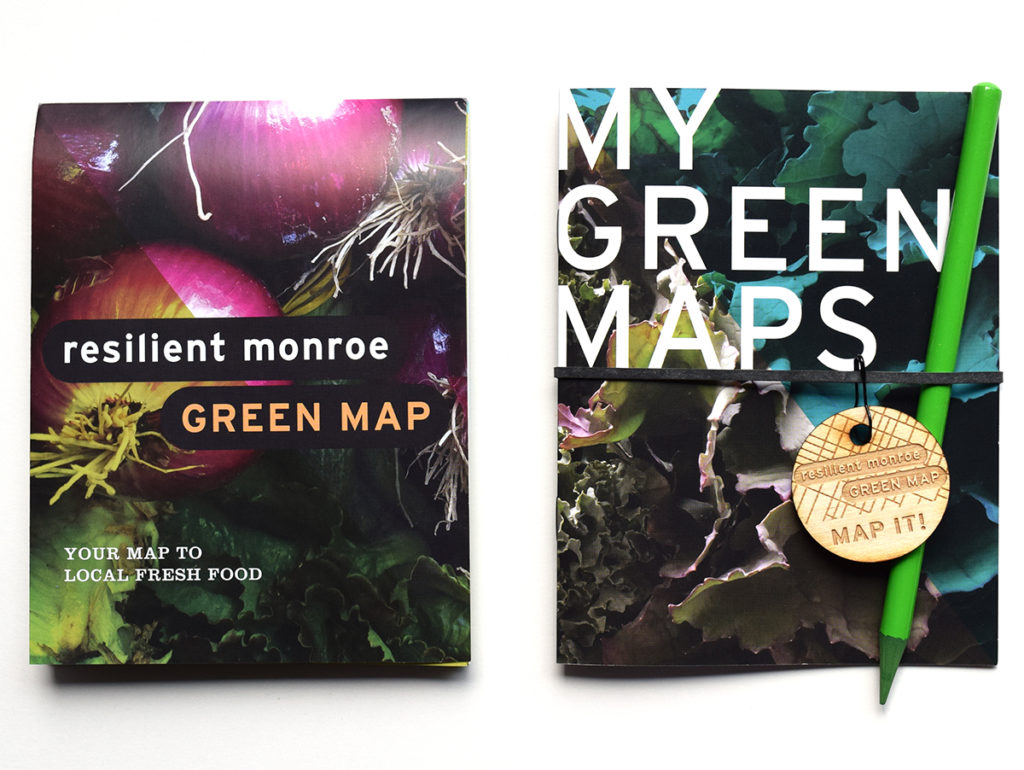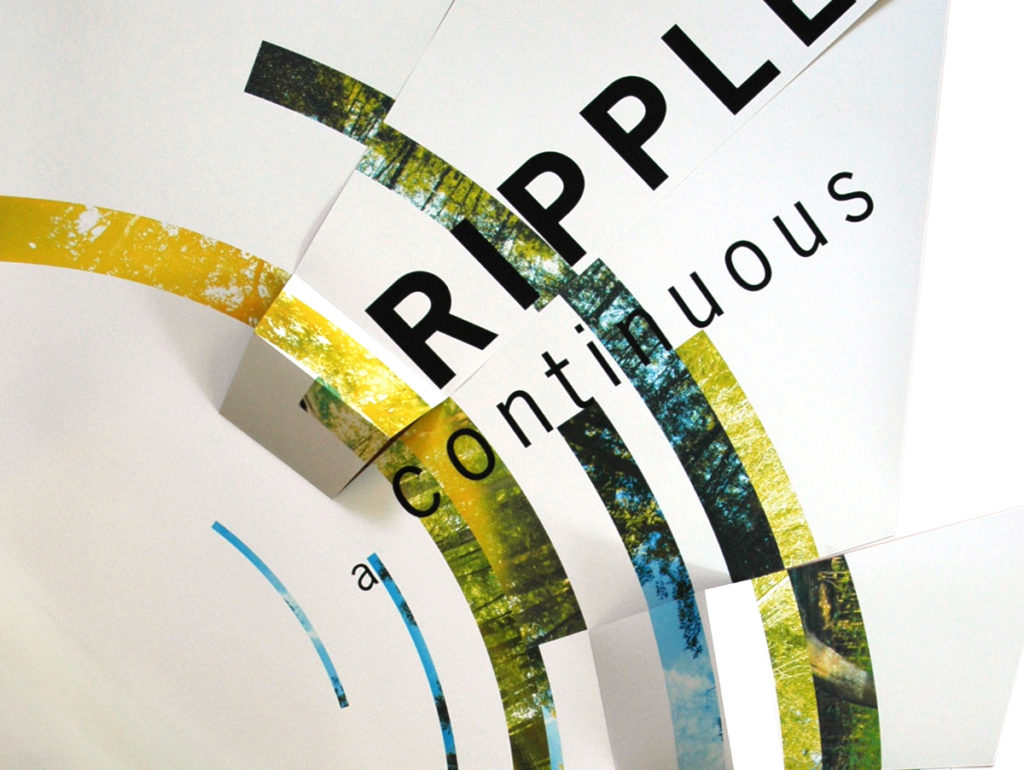Kelly Salchow MacArthur
Associate Professor
Michigan State University
Activism through design is especially timely, as the effects of climate change are becoming alarmingly obvious. Victor Papanek wrote in The Green Imperative, “Design must be the bridge between human needs, culture and ecology.”1 Armed with the powerful tools of visual communication, great responsibility rests on the shoulders of designers when conceptualizing and producing work—and presents an exciting opportunity to share one’s beliefs, and incite change within a broad community.
As a design educator and practitioner, I pursue creative research that aspires to catalyze empathy and positive action towards addressing climate change. Case studies will demonstrate various communication design strategies—humanistic appeals to reconnect with nature, statistics meant to instigate response, calls to action, aesthetic presentation of biophilia, concrete poetry, and community mapping for an ecological organization.

While such work has proven to be personally, conscientiously, and professionally enriching, the main ambition has been to relate to society in unexpected ways and affect change. As Eric Benson and Yvette Perullo write in Design to Renourish, “Designers as citizens have an obligation to be respectful to all fellow human beings and to the planet we share.”2 Through this body of work, I hope to contribute to (and sway) the ongoing dialog of environmental urgency that is often met with inaction.

- Papanek, Victor. The Green Imperative. New York, New York: Thames and Hudson, 1995. pg. 29.
- Benson, E. & Perullo, Y. Design to Renourish. Boca Raton, Florida: Taylor & Francis Group, 2017. pg. 115.
This research was presented at the Design Incubation Colloquium 5.2: CAA 2019 Conference New York on Thursday, February 14, 2019.
